The University of Barcelona is a public research university located in the city of Barcelona, Catalonia, Spain. With 76,000 students, it is one of the biggest universities in Spain. It is one of the oldest universities in both Catalonia and Spain, established in 1450. It is considered the best university in Spain, according to the US News and World Report and Times Higher Education.
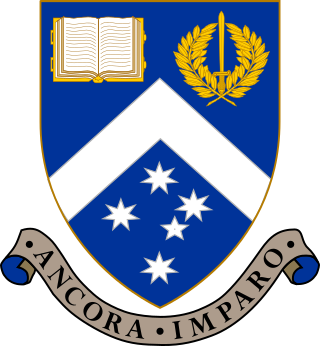
Monash University is a public research university based in Melbourne, Victoria, Australia. Named after prominent World War I general Sir John Monash, it was founded in 1958 and is the second oldest university in the state. The university has a number of campuses, four of which are in Victoria, one in Malaysia and another one in Indonesia. Monash also has a research and teaching centre in Prato, Italy, a graduate research school in Mumbai, India and graduate schools in Suzhou, China and Tangerang, Indonesia. Courses are also delivered at other locations, including South Africa.

The Harbin Institute of Technology (HIT) is a public science and engineering university in Nan'gang, Harbin, Heilongjiang, China. It is now affiliated with the Ministry of Industry and Information Technology. The university is part of Project 211, Project 985, and the Double First-Class Construction.
College and university rankings order higher education institutions based on various criteria, with factors differing depending on the specific ranking system. These rankings can be conducted at the national or international level, assessing institutions within a single country, within a specific geographical region, or worldwide. Rankings are typically conducted by magazines, newspapers, websites, governments, or academics.
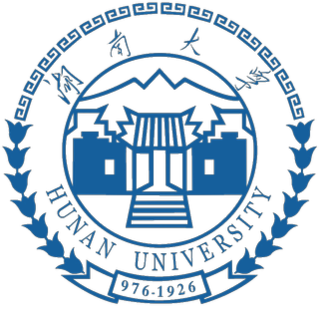
Hunan University is a public university in Yuelu, Changsha, Hunan, China. It is affiliated with the Ministry of Education. The university is part of Project 211, Project 985, and the Double First-Class Construction.
Three national rankings of universities in the United Kingdom are published annually, by The Complete University Guide, The Guardian and jointly by The Times and The Sunday Times. Rankings have also been produced in the past by The Daily Telegraph and Financial Times. UK Universities also rank highly in global university rankings with 8 UK Universities ranking in the top 100 of the three major global rankings: QS World University Rankings, Times Higher Education World University Rankings and Academic Ranking of World Universities.

Xi'an Jiaotong University is a public university in Xi'an, Shaanxi, China. It is affiliated with and funded by the Ministry of Education of China. The university is part of Project 211, Project 985, and the Double First-Class Construction.

Istanbul University, also known as University of Istanbul, is a public research university located in Istanbul, Turkey.
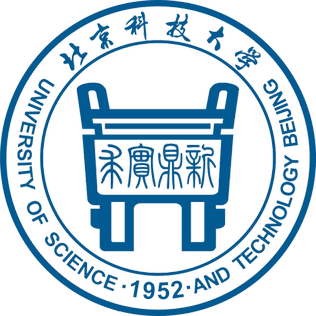
The University of Science and Technology Beijing is a public university in Haidian, Beijing, China. It is affiliated with the Ministry of Education. The university is part of Project 211 and the Double First-Class Construction. The university was formerly known as Beijing Steel and Iron Institute (北京钢铁学院) before 1988.

Wuhan University is a public university in Wuhan, Hubei, China. It is affiliated with and funded by the Ministry of Education of China. The university is part of Project 985, Project 211, and the Double First-Class Construction.
Tilburg University is a public research university specializing in the social and behavioral sciences, economics, law, business sciences, theology and humanities, located in Tilburg in the southern part of the Netherlands.
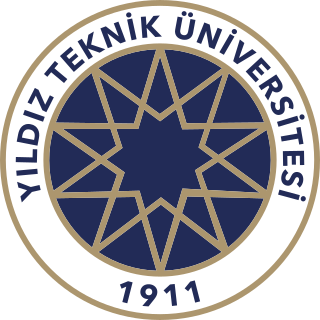
Yıldız Technical University is a prominent technical university dedicated to engineering and natural sciences, as well as social sciences recently, and is one of the oldest educational institutions in Istanbul, Turkey. The central campus lies within the Beşiktaş district and the new Davutpaşa campus lies within the Esenler district. The university is composed of ten faculties, three vocational schools, and two institutions.

The University of Bari Aldo Moro is a state-supported higher education institution founded in 1925 in Bari, Apulia, in Southern Italy. The university has a student population of around 60,000.
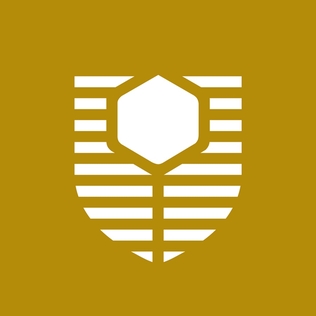
Curtin University Malaysia is the Malaysian campus of Curtin University, a public university based in Australia. It is the university's largest campus outside of Australia with a total area of 1,200-hectare (3,000-acre) comprising academic and residential blocks. It offers undergraduate and postgraduate programs in various fields of commerce, engineering, computational sciences, humanities and health sciences. It also offers foundational courses and a Doctor of Philosophy (PhD) among other higher degree by research programs. It is named after John Curtin, a prominent Prime Minister of Australia during World War II from 1941 to 1945.
The Faculty of Engineering is a constituent body of the University of New South Wales (UNSW), Australia. UNSW was formed on 1 July 1949, and the Faculty was established on 8 May 1950 with the inaugural meeting of the Faculty taking place on 7 June 1950. It was one of the first three University faculties which were established by Council, and was initially formed of four departments including Electrical Engineering, Mechanical Engineering, Civil Engineering and Mining Engineering, headed by Dean Professor Harold Brown.

Curtin Singapore is the Singaporean campus of Curtin University, a public university in Australia. It offers undergraduate and postgraduate degree programs in healthcare, computational sciences, commerce and communications with plans to expand to science and engineering. The campus also offers a Doctor of Philosophy (PhD) higher degree by research program. Curtin University is named after John Curtin, a prominent Prime Minister of Australia during World War II from 1941 to 1945, and is the largest university in the state of Western Australia with 58,607 students globally in 2022.

The Times Higher Education World University Rankings, often referred to as the THE Rankings or just THE, is the annual publication of university rankings by the Times Higher Education magazine. The publisher had collaborated with Quacquarelli Symonds (QS) to publish the joint THE-QS World University Rankings from 2004 to 2009 before it turned to Thomson Reuters for a new ranking system from 2010 to 2013. In 2014, the magazine signed an agreement with Elsevier to provide it with the data used in compiling its annual rankings.
The CWTS Leiden Ranking is an annual global university ranking based exclusively on bibliometric indicators. The rankings are compiled by the Centre for Science and Technology Studies at Leiden University in the Netherlands. The Clarivate Analytics bibliographic database Web of Science is used as the source of the publication and citation data.
The University Ranking by Academic Performance (URAP) is a university ranking developed by the Informatics Institute of Middle East Technical University. Since 2010, it has been publishing annual national and global college and university rankings for top 2000 institutions. The scientometrics measurement of URAP is based on data obtained from the Institute for Scientific Information via Web of Science and inCites. For global rankings, URAP employs indicators of research performance including the number of articles, citation, total documents, article impact total, citation impact total, and international collaboration. In addition to global rankings, URAP publishes regional rankings for universities in Turkey using additional indicators such as the number of students and faculty members obtained from Center of Measuring, Selection and Placement ÖSYM.












